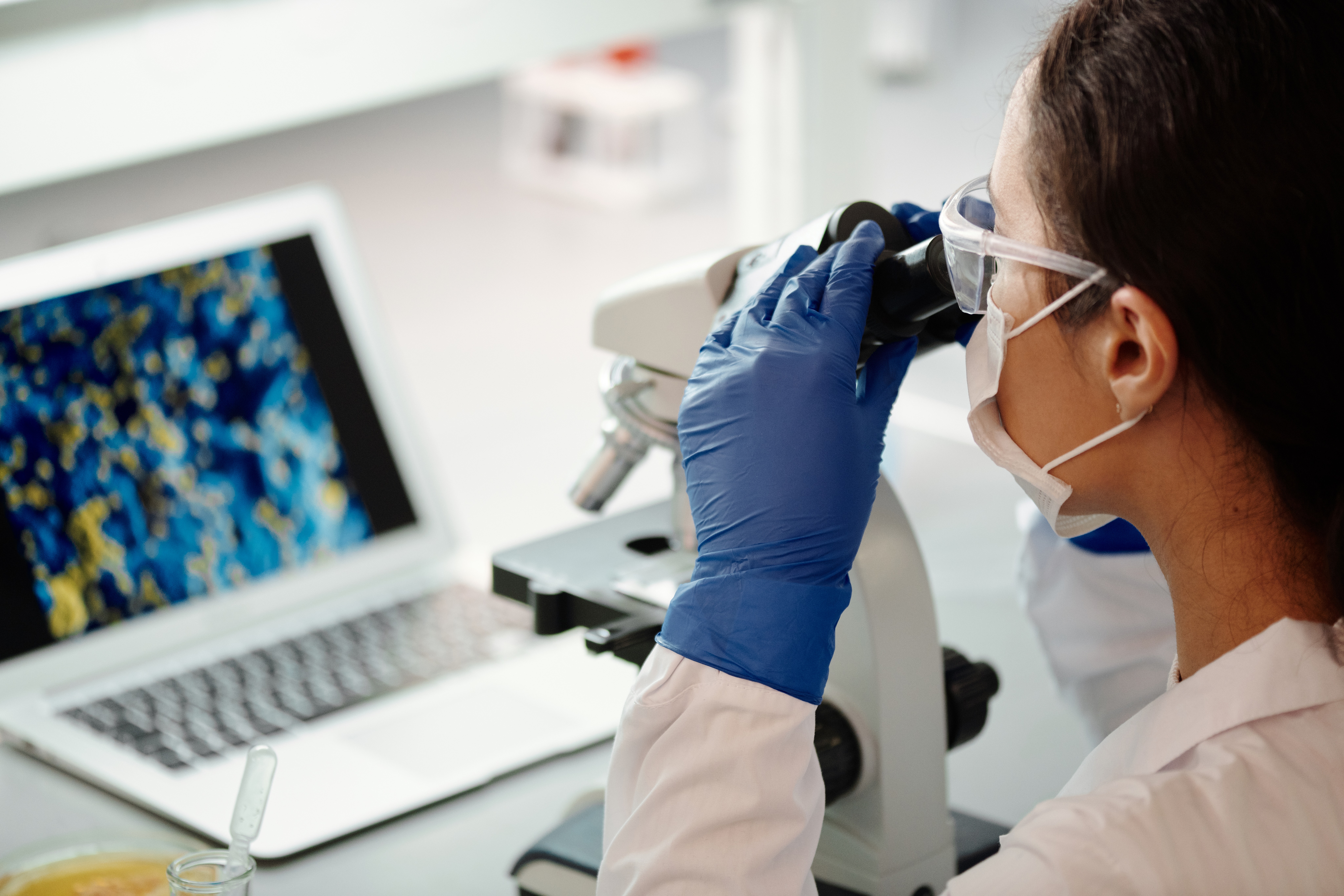As a Lecturer in the California State University Long Beach Department of Chemistry and Biochemistry, Dr. Elaine Villanueva Bernal teaches diverse classes of nonmajor students, including many from minoritized and poverty-impacted schools where they may have taken on negative perceptions about the subject or doubts about their own competencies.
To support equity efforts that enable every student to progress toward a degree, Bernal, one of the consultants in the Every Learner Everywhere Expert Network, knows she needs to personalize science education for nonmajors, and she finds a successful formula is mixing science with climate justice and personal experience. Rather than emphasizing melting polar caps and their effects on wildlife in Antarctica, Bernal makes the principles of chemistry more vivid and relevant by asking students to investigate what’s happening close to home or with people they know impacted by wildfires, severe flooding, or hurricanes.
The lived experience is the lab
“I ask my students on day one, what comes to mind when they think of chemistry,” Bernal says. “Inevitably they say things like equations or formulas — all this hard stuff, which is what they traditionally have experienced.”
Her goal is to make lived experience a starting point to approach the work of, for example, balancing equations or chemical separation processes. Students who have respiratory issues like asthma discover a useful tool in understanding the connection between air quality and physical health. This provides a powerful introduction to why and how particulate matter is measured — in other words, chemistry in action.
“Students know there’s a problem,” adds Bernal. “They know environmental justice and racism are at play, but to hear it from a chemistry perspective is a different framework.”
Research shows that issues such as climate change and COVID-19 disproportionately impact minoritized populations. To drive this point home, Bernal recommends using resources with real-world data, like CalEnviroScreen, an environmental health hazard assessment tool, or Purple Air, a real-time air quality monitoring site.
Bernal describes an assignment where students look at “State of Air” data from the American Lung Association and compare zip codes, including their own homes.
“They can see how the more affluent areas are less affected than those that are historically underserved,” Bernal says. “Students often say, ‘I’ve always known that it was bad, but I didn’t know it was this bad.’”
Teach locally and globally
Environmental justice is, of course, a global issue. Again, Bernal uses a more personal approach to engage students, showing them information from her own home province in the Philippines, Cavite, south of Manila, where sea levels are rising four times faster than the rest of the world.
“This opens the discussion about the loss of land, food sources, housing, and so on,” she says.
By making the connection between science education and what it means to be a citizen, both locally and globally, educators can help students feel more empowered to advocate for better solutions and protections for health and the environment.
Tools for activism inspire learning
The underrepresentation of minoritized students in science creates a barrier to advocating for quality of life improvements in communities that need it most. One of the most meaningful aspects of more effective science education for nonmajors through climate and environmental justice is that it normalizes interest in these subjects by giving students the ability to voice their beliefs and participate in conversations.
This is why Bernal feels it’s essential to introduce opportunities for environmental activism. Throughout the academic term, she recommends groups with which students can get involved such as the sustainability office at CSU Long Beach or the Sunrise Movement, which organizes young people to fight climate change.
Expanding resources for deeper engagement
By personalizing issues like climate change, instructors can open up a broader conversation to illustrate how scientific topics inform other areas of expertise and interest. For example, in a class in global climate change for nonmajors that Bernal teaches at California State University Dominguez Hills, she has teamed up with Dr. Michael Méndez, a social ecology professor who specializes in environmental policy and justice at the University of California Irvine.
As Bernal notes, “It’s one thing to know the science around it, but it’s another thing to understand the policy and how we mitigate climate change. It’s a whole different ballgame.”
Additionally, Bernal is the chemistry editor for Merlot, an open-source online platform where contributors can curate educational material. She is currently putting together learning modules to teach about climate change by using statistics and an interdisciplinary perspective.
Making resources available, accessible, and free of charge is one important way to make science courses for nonmajors and those who teach them more equitable. As this survey of attitudes toward courseware shows, students are more cost sensitive about materials required in courses outside their majors.
Ultimately, modeling how to access and understand public scientific information is a stepping stone toward building more equitable science education. That, according to Bernal, is the biggest takeaway from her work teaching science to nonmajors.
“I want students to know that no matter what background they have, they can access and comfortably navigate scientific data,” she says. “That way, whatever role they have in the future, they’ll be able to make informed decisions that will result in positive outcomes for themselves and society as a whole.”


